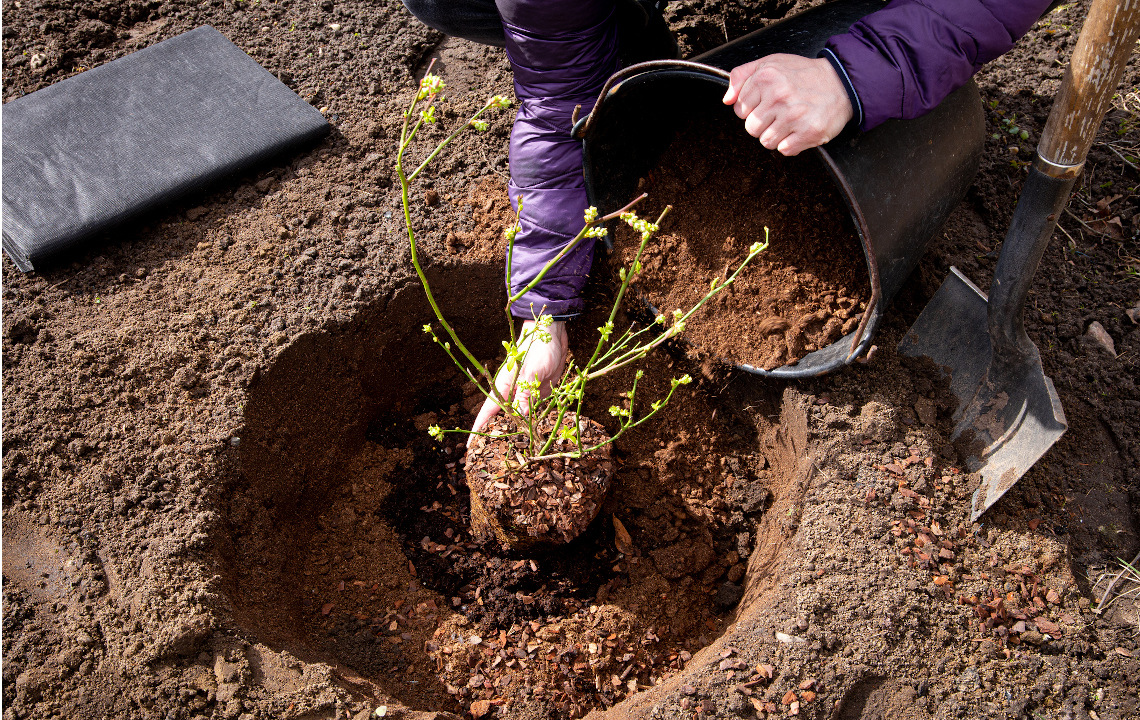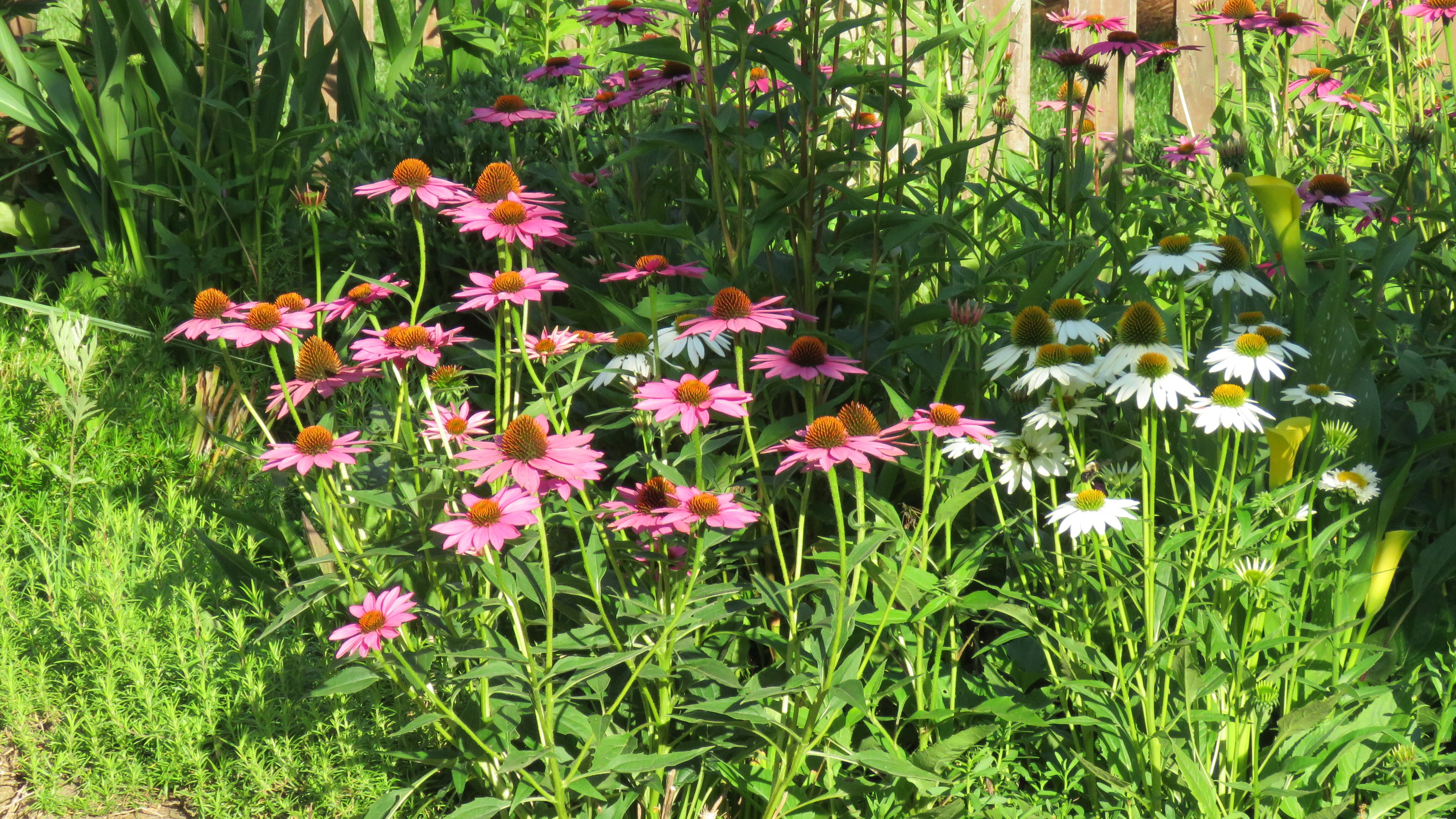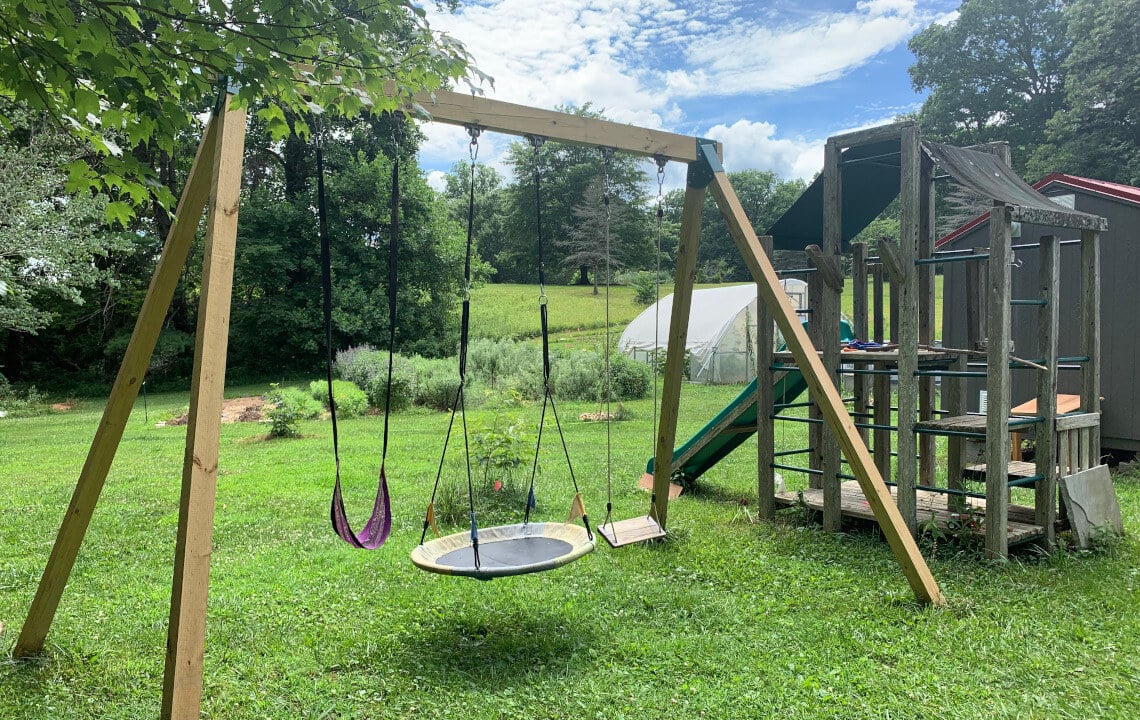Are you considering adding trees or shrubs to your rural land this spring? Check out these 5+ beautiful multi-functional trees, shrubs and plants that provide food for the table, attract wildlife and benefit pollinators.
One of the joys of living on acreage is the opportunity to landscape with beautiful and functional trees, shrubs and plants.
Many trees or shrubs enhance the beauty of the landscape and serve as food sources for birds or other small animals while leaving plenty behind for us humans too.
Bird feeders are a source of enjoyment on our property, and planting blueberries, serviceberries and grapevines attracts songbirds, squirrels and other wildlife.
This is in addition to a small garden that provides food for our table and often yields food for the wildlife.
3 Multifunctional Trees, Shrubs And Plants For Your Rural Land
1. Serviceberry
Serviceberry may be classified as a small tree variety or shrub.
Some call it Juneberry, and it provides a vivid display of white blossoms in the spring.
We planted one in our backyard several years ago and have enjoyed the spring display, which is followed by a flush of small reddish-purple berries. Despite their small size, they provide food for birds and squirrels. They last until early summer and are frequented by wildlife looking for a fruity treat.

These berries are also good for human food. If you are lucky enough to harvest some before the wildlife ravages them, they are good eaten fresh, and if quantities allow, they make good jam and jelly.
Most serviceberry varieties are under 20 feet high when mature. They require minimal or no pruning, and most are multi-trunked. They are not only beautiful in the spring but have blazing orange/red foliage in the fall, contrasting nicely with the bark.
Several species of serviceberries exist, and some are wild. Native varieties are typically easy to find at your local nursery. Serviceberries are a lovely addition to any property, providing a visual display and being a wildlife magnet.
2. Blueberries
Blueberries are easy to care for and also serve as wildlife attractants.
If you plant them, be sure to plant enough to provide for you and the birds as well. You may have to do as I have and add netting to cover the shrubs to minimize loss. As they get bigger, you may give up trying to protect them and learn to share with the wildlife.
One of the beauties of these blooming shrubs/trees is that they are attractants to bees.
The bees help to pollinate the flowers and the blooms provide nectar for the bees. It is a perfect symbiotic relationship.
Bumblebees and honeybees are welcome in our yard. We don’t bother them as they go about their nectar gathering, and they don’t bother us.
Related read: How To Plant A Pollinator Garden In The South.

3. Grapes and Garden Vegetables
We tend grapes and garden vegetables for human consumption, but we end up sharing with the local wildlife. Fortunately, they are considerate enough to leave us an abundance for our own use.
The birds are quick to harvest grapes and tomatoes, but the loss is minimal, and we are blessed with their presence. Grapes and blueberries make good border plants, and we have them along our boundary fences.
As a bonus, we utilize the dried grape vines for creating arts and crafts, like wreaths.
Using Multi-functional Trees, Shrubs and Plants As Bird Feeders Does Have Consequences...
We are bird lovers and keep a life list as well as several handbooks detailing multiple bird species, complete with photos, home regions, migration information and more.
The many feeders we have, including hopper feeders, multiple tube feeders, suet cages and hummingbird feeders, provide hours of entertainment
The loss of berries, garden produce and other consumption by birds and small mammals is more than offset by the hours of enjoyment that they provide. Fortunately, we have a fence that demarcates our property and, thus far, has been a deterrent to the abundant deer population in our immediate area.

Now Is The Time To Add Trees, Shrubs And Other Planting To Enhance Your Property
If you enjoy birds, wildlife, and beautiful trees and shrubs, you will find that the addition of flowering/fruiting shrubs and trees will beautify your property and attract wildlife while also providing for your table.
Don’t delay, spring is the perfect time to add these wonderful species to your property.
Get more tips on adding multi-functional trees, shrubs, and plants to your property in: Incorporating Fruiting Perennials Into Rural Landscapes.




.jpg)




















